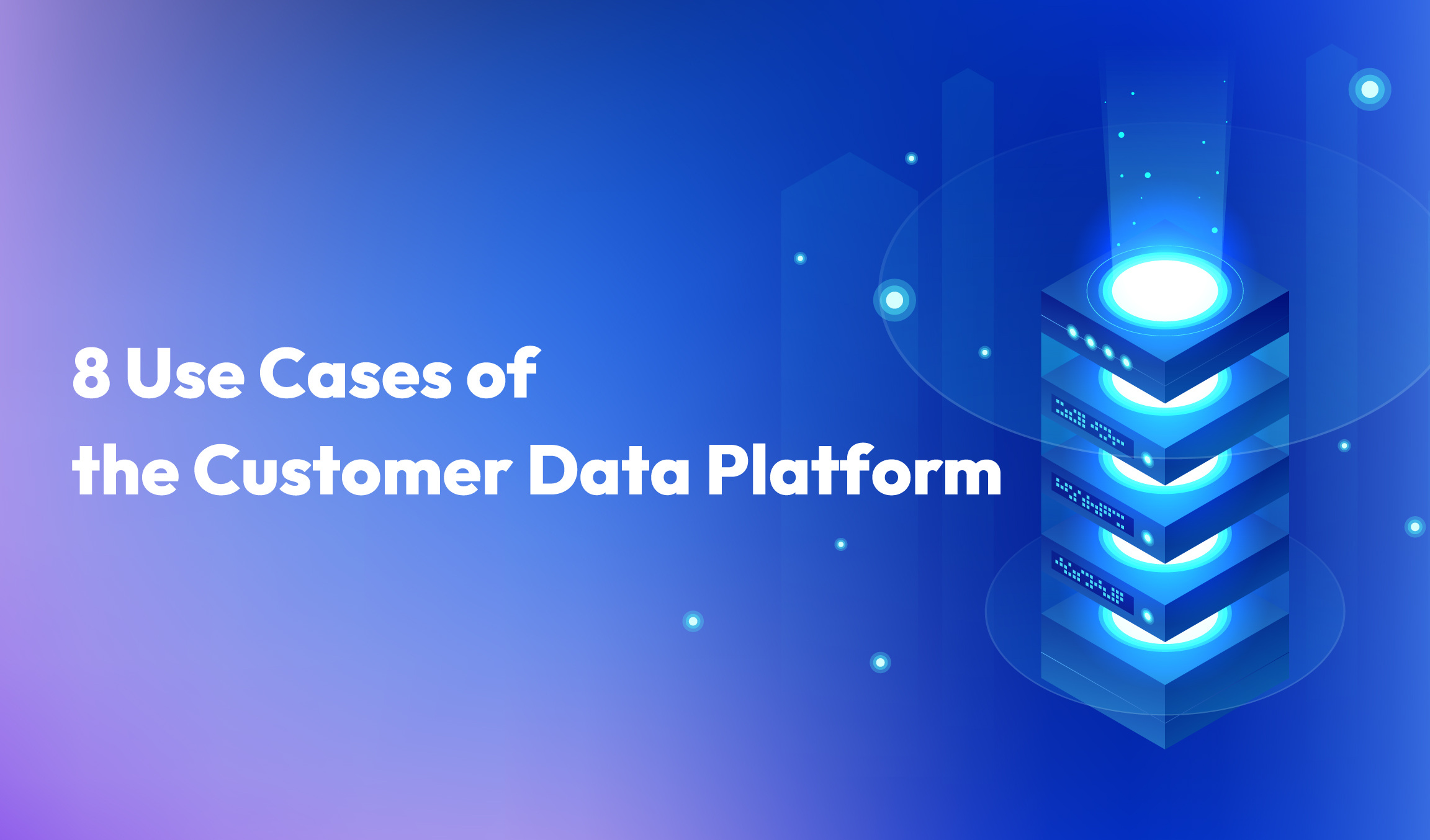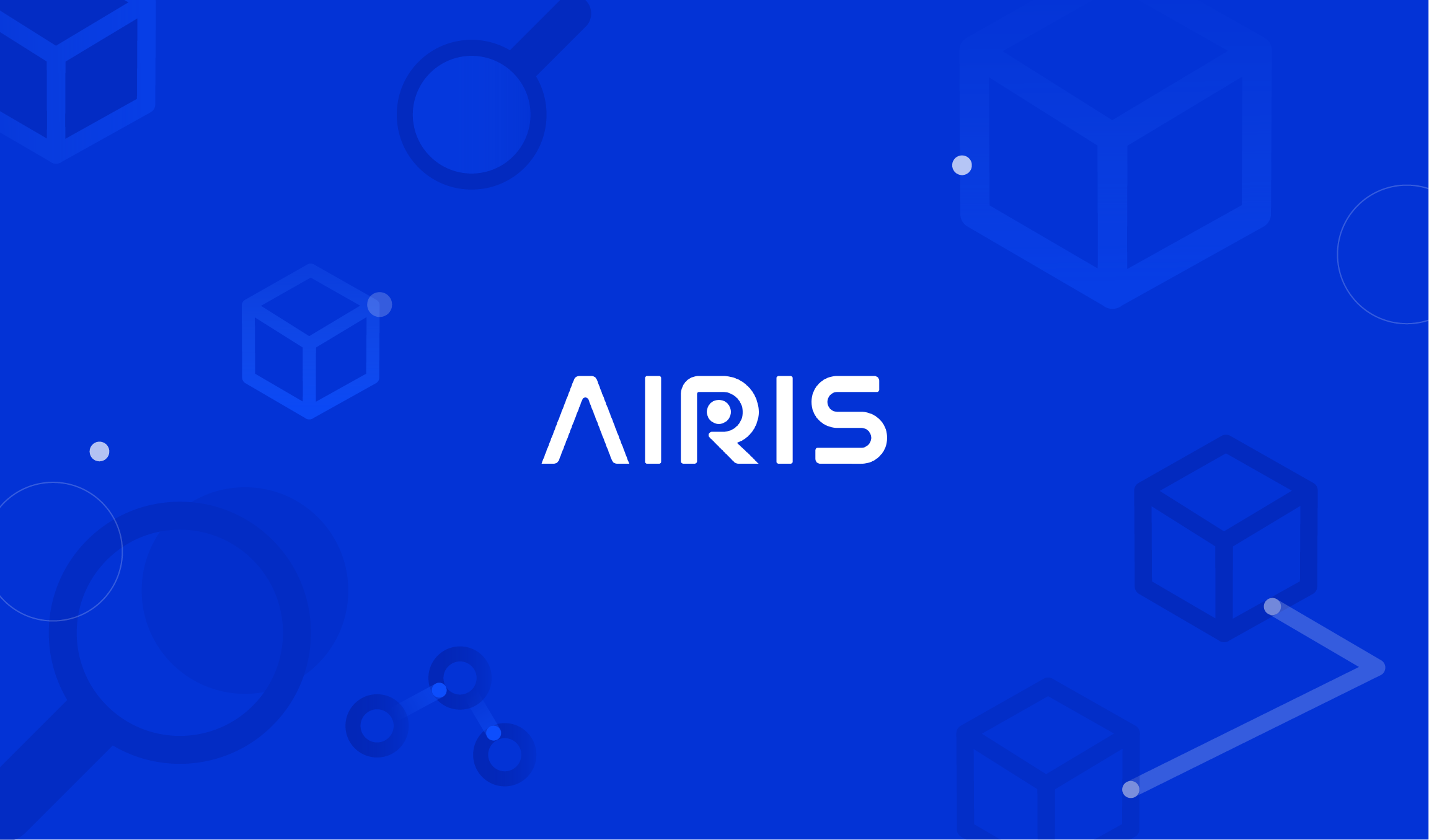6 min read
“CDP” is currently one of the hottest buzzwords in business—and for good reason. Short for Customer Data Platform, the CDP has been at the center of many success stories of companies undergoing digital transformation and supercharging their marketing efforts.
CDPs centralize multiple data sources by connecting the first-party data with the third party databases, the downstream marketing channels and marketing automation tools. With this unified data foundation, prominent CDPs such as Treasure Data, Tealium, and Appier’s AIRIS enrich customer profiles and provide a 360° view of each individual customer. This unified view empowers personalized marketing and drives better customer experiences and outcomes.
While hundreds of existing articles focus on CDP’s technical foundation on eliminating data silos to enable single customer views, we at Appier have highlighted 8 actionable use cases to showcase how CDPs can add value to impact consumers throughout different stages of the marketing funnel.
Of course, there may be use cases that overlap and apply to multiple stages of the marketing funnel, but this is the categorization that we believe will help you most appreciate the CDP’s uses as you plan your marketing strategy.
Awareness Stage
The awareness stage of the marketing funnel is the initial phase where potential customers become aware of a product, service, or brand. During this stage, understanding your target audience is crucial in order to capture attention and generate interest. Here is how a Customer Data Platform may help:
360° Customer View and Segmentation
CDPs deliver its core value by identity resolution, a data management process that merges data across channels by identifying the same customers' footprints across all touchpoints. What results from eliminating data silos and integrating with other systems is a comprehensive 360° customer view or profile.
A good CDP further achieves accurate customer segmentation by leveraging data analysis techniques to divide customers into distinct groups based on shared characteristics, behaviors, and preferences. It considers factors such as demographics, purchase history, browsing behavior, engagement metrics, and more to create meaningful segments.
In building an effective upper funnel strategy, brands can use these enriched customer insights and segments to identify high-value customers to target and tailor their brand campaigns. Of course, good CDPs should continuously refine segmentation based on real-time data updates, ensuring accuracy and relevance over time.
Targeted Prospecting Ads
Building on the foundation of enriched customer profiles and segments, brands leveraging CDPS have distilled the ideal customer profiles, their preferred channels, and their behaviors across media and owned channel touch points. Brands can directly sync the custom audience definitions in real-time with major paid channel platforms such as Google and Meta ads, creating lookalike audiences to acquire customers who are similar to their best customers.
Furthermore, by analyzing the enriched customer insights of high-value customers’ interests and products, brands can further create campaign creatives or copies tailored for the right segments. These CDP-driven targeting and creative best practices have proven to be effective in increasing awareness, driving brand affinity, and acquiring new customers.
Consideration Stage
Moving on to the consideration stage of the marketing funnel, this is where potential customers have moved beyond mere awareness and are actively evaluating their options. During this phase, they are researching, comparing, and considering different solutions to their needs or problems.
It is here where brands can leverage the Customer Data Platform to divide up their target audience based on their interests and considerations and start with a more targeted approach to engagement.
Personalized Customer Journey Mapping and Marketing Automation
A CDP can automatically map out the customer journey across different touchpoints and channels to understand the entire customer experience and identify areas for improvement or optimization. This visualization enables marketers to better see how well their customer experiences are unfolding, and identify key touchpoints, pain points, and opportunities for improvement throughout the customer lifecycle.
With insights from the CDP, marketers can optimize the customer journey, personalize interactions, and deliver seamless experiences that align with customer needs and preferences, ultimately driving greater satisfaction and considerations. A good CDP also integrates with many marketing automation tools, or provides similar functions, to help marketers activate segments and deliver real-time personalized messages. Within a few clicks, marketers can set up multi-channel trigger campaigns to retarget customers who already show interest or increase their considerations, saving hours and days of manual set-up across the paid and owned touchpoints.
Refined Media Mix and Marketing Attribution
Once a customer journey map is complete, a CDP can help marketers accurately pinpoint and attribute conversions and outcomes to specific marketing initiatives. Through sophisticated data analysis and attribution modeling, the CDP identifies the most influential marketing channels and campaigns along the customer journey.
This insight empowers marketers to reallocate resources effectively, optimize marketing strategies, and maximize ROI. With the CDP's comprehensive view of customer engagement, organizations can make data-driven decisions to enhance marketing performance, improve considerations with valuable customer actions, and drive business growth.
Decision Stage
At long last we are at the decision stage of the marketing funnel where potential customers are now ready to make a purchase decision. During this phase, individuals have narrowed down their options and are evaluating specific products or services to determine the best fit for their needs. How can our Customer Data Platform nudge shoppers to the checkout page?
Purchase Prediction and Personalized Retargeting
Based on all the actions the potential customer has taken in the earlier stage of the customer journey, a CDP can quite accurately anticipate future behaviors. A great CDP enables marketers to utilize out of box reports and identify patterns and behavioral trends to uncover insights into how customers interact with products, content, and channels. Based on these insights, the CDP can use predictive modeling to forecast future actions, such as purchase likelihood.
Armed with purchase prediction insights or real-time segment insights, such as identifying people who just abandoned their carts, businesses can personalize promotion offers and dynamically show preferred products to retarget cart abandoners or high-purchase intent predictive segments, ultimately increasing conversion rate and sales.
Cross-Selling & Upselling
Once the first purchase takes place, businesses can employ a CDP for cross-selling and upselling by identifying the best timing, best channels, and best product or promotional mix. Identifying whether there is an opportunity for such a sale and what to sell may prove difficult for a team of human marketers and sales representatives alone, but with the help of a CDP, the team can effectively analyze customer purchase history and behavior to recommend relevant products or services.
Retention Stage
The first decision to purchase was only the beginning. Now we enter the last stage of the marketing funnel, the retention stage, whereby businesses must focus on maintaining and strengthening relationships with existing customers to encourage repeat purchases, loyalty, and advocacy.
Customer Lifetime Value (CLV) Analysis
A CDP can easily calculate the lifetime value of customers based on their past purchases, engagement levels, and other factors. This analysis will allow marketers to prioritize resources and tailor marketing strategies accordingly.
How exactly does the CDP calculate the CLV? By examining factors such as purchase frequency, average order value, and customer retention rates. In doing so, the CDP can determine the total value a customer is expected to generate throughout their relationship with the business.
Churn Prevention and Trust Building
Similar to customer lifetime value, CDP can use analyses and predictive modeling to predict the likelihood of customers leaving. By analyzing customer behavior and engagement metrics to identify customers who are at risk of churning, CDPs allow businesses to take proactive measures to retain them through targeted offers, incentives, or personalized communications.
Last but certainly not least, a CDP can help businesses ensure that their customers feel safe about how they gather and utilize their data and touchpoints. This can take place automatically if the CDP is built to comply with data privacy best practices and regulations, such as GDPR or CCPA. By centralizing customer data management and implementing robust data governance practices, great CDP candidates should include consent to management and data access controls. In an age where data privacy and trust are the foundations of customer relationships, this is one key detail marketers should not forget when considering their Customer Data Platform of choice.
You have made it to the end of this article featuring 8 use cases of the Customer Data Platform in marketing. Are you ready to learn what AIRIS, Appier’s AI-powered CDP with marketing automation capabilities, has to offer? Reach out to us now. And, be on the lookout for our exclusive guide that will help you achieve all of the above use cases and beyond dropping later this month.


